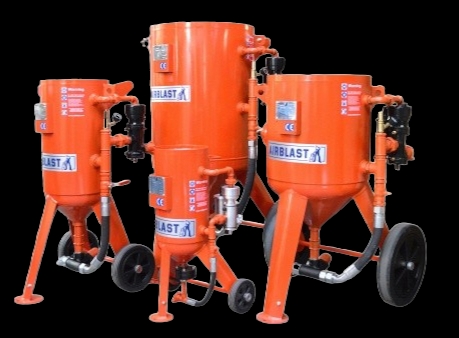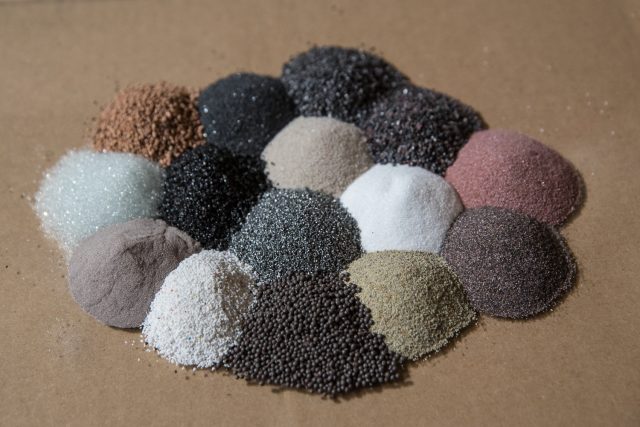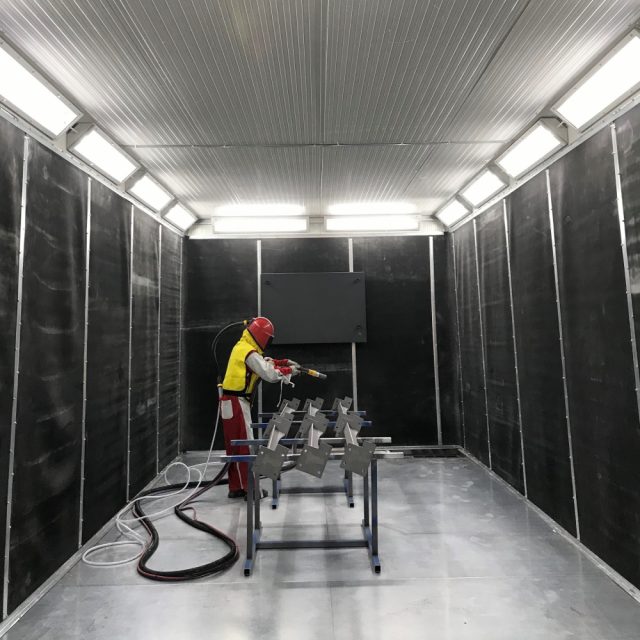The prevailing climatic conditions during blasting and painting are critical in achieving a successful coating application.
Dewpoint
In certain conditions moisture from the air can condense on the substrate post blast resulting in flash rust which can adversely affect the adherence of subsequently applied paint. Furthermore moisture can condense on the substrate after the application of the paint before the curing process is complete.
In order to monitor the dewpoint temperature the following parameters must be measured: the surface temperature of the substrate, the air temperature, and the relative humidity. By applying a formula to the air temperature and the relative humidity the dewpoint can be calculated – the surface temperature of the substrate must remain at least 3 degrees Celcius above the dewpoint temperature to avoid moisture condensing on the surface.
Temperature
The temperature must always be monitored to ensure that it remains within the parameters of the coating specifications. The curing process can fail if the temperature is too low or too high.
DTH100 Digital Thermometer – high res
DPM120 Dewpoint Meter – high res






